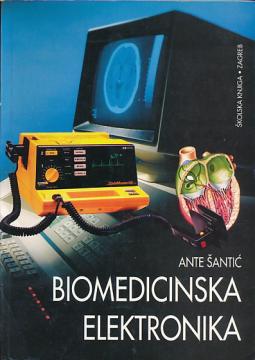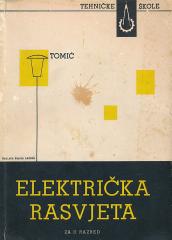
Biomedicinska elektronika
Autor knjige ima dugogodišnje znanstvenonastavno i razvojno istraživačko iskustvo u području biomedicinske tehnike.
S predavanjima iz tog područja započeo je još 1970. godine na Elektrotehničkom fakultetu, dok se razvojem biomedicinskih znanosti počeo baviti deset godina ranije. Knjiga "Biomedicinska elektronika" uz opis biomedicinske elektroničke instrumentacije daje i elemente fiziologije, posebice elektrofiziologije s biokibernetičkim pristupom, da bi bile razumljivije pojave koje se javljaju prilikom mjerenja fizioloških parametara, a i da bi se olakšala komunikacija između liječnika i inženjera. Tako su u knjizi opisani izvori bioelektričkih potencijala: neuronske strukture i mišićni potencijali, koji se njihovim djelovanjem javljaju i kako se oni mjere. Osim mjerenja bioelektričkih potencijala primjenjenih u elektrodardiografiji, elektroencefalografiji, miografiji itd. opisane su i metode mjerenja bioloških impedancija koja se primjenjuju u pletizmografiji, respiraciji i reografiji. Posebno veće poglavlje predstavlja električna stimulacija koja danas predstavlja važan doprinos u smislu poboljšanja ili nadomjestka funkcija nekih organa. Opisana je vanjska stimulacija skeletne muskulature kod paraplegičara, zatim implantirani stimulatori srca (pacemakeri), urogenitalnog trakta, dišnih organa kao i stimulatori za ublaživanje bola, izazivanje sna itd. Isto tako su opisani defibrilatori primjenjeni kod reanimacije pacijenata, pa uređaji za mjerenje krvnog tlaka, protoka krvi, respiracija s mjerenjem sastava izdahnutog zraka: kisik, ugljični dioksid, dušik itd. Pet poglavlja je posvećeno dvodimenzijskim prikazima, u dijagnostičke svrhe, kao što su prikazi temeljeni na ultrazvuku i rentgenskom zračenju s posebnim naglaskom na tomografiji.
One copy is available




